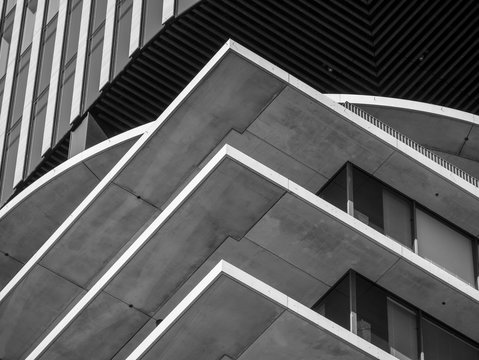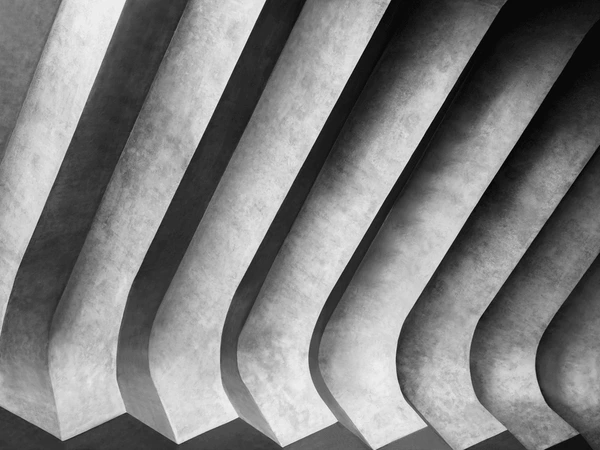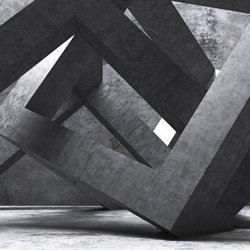The Importance of Details In Architectural Photography
Why is it essential for an architectural photographer to include details?
For any Miami Architectural Photographer, capturing the essence of a building goes beyond wide-angle shots and sweeping cityscapes. Architectural details play a crucial role in telling the story of a structure, emphasising textures, materials, structure, and the interplay of light. These close-up shots not only enhance the overall documentation of a project but also serve specific purposes in magazine and book covers, material supplier portfolios, and contractor showcases.

Architectural Details: A Story in a Single Shot
Unlike full-building images that provide a broad context, architectural details focus on elements that stand on their own. A single detail shot can describe a building’s character, craftsmanship, and design intent more effectively than a cluttered composition. Close-ups of intricate woodwork, metal joinery, or unique tile patterns allow viewers to appreciate the finer aspects of the structure. These images become valuable assets for architects, designers, and publications that want to highlight craftsmanship without distractions.
Why Magazines and Book Covers Love Detail Shots
Editorial designers and publishers often seek architectural detail shots because they provide a clean and uncluttered background for text overlays. Unlike busy street scenes or full-building images with multiple competing elements, detail shots offer simplicity, allowing headlines, captions, and branding to stand out. A well-composed close-up of a striking architectural feature increases the chances of being selected for print or digital covers, making them a valuable addition to any Miami Architectural Photographer’s portfolio.
Emphasizing Textures, Materials, and Structure

Details are the best way to highlight the true essence of an architectural project. Whether it’s the smoothness of polished marble, the roughness of exposed concrete, or the delicate patterns of a laser-cut metal screen, capturing these textures adds depth to a visual narrative. For professionals collaborating with contractors, material distributors, or product manufacturers, showcasing the quality and application of materials through detailed photography becomes essential in marketing and project documentation.
Composition and Focal Length: Getting the Perfect Detail Shot
Since architectural detail photography involves fewer elements, composition must be intentional and precise. The tighter the frame, the stronger the composition needs to be. Maintaining a consistent axial horizontal ensures a grounded and visually stable image. Additionally, foliage and other extraneous elements can clutter a detail shot, making it essential to frame compositions carefully to avoid unnecessary distractions.
When it comes to lens selection, wide-angle lenses are unsuitable for details as they introduce distortion and exaggerate proportions. Instead, a 65mm to 105mm lens is ideal for capturing architectural elements with accurate representation and controlled perspective. This focal range helps isolate details while maintaining clarity and sharpness.
The Role of Light in Architectural Details
Light plays a crucial role in architectural photography, particularly when capturing details. The way light interacts with surfaces, whether creating deep shadows or emphasizing a material’s reflectivity, can significantly impact the mood of the image. Shooting at different times of the day allows a Miami Architectural Photographer to experiment with natural light and achieve striking visual effects. Side lighting, for instance, brings out textures more dramatically, while soft diffused light highlights intricate details without harsh contrasts.
Architectural Details as Essential Documentation
Beyond aesthetics, detail shots play a vital role in architectural documentation. They provide insight into construction techniques, design choices, and material applications, making them invaluable for architects, builders, and developers. Capturing the nuanced interplay of light on textured surfaces or the precision of structural connections helps create a comprehensive record of a project’s success.
How does an Architectural photographer avoid mistakes when shooting details?
Photographing architectural details requires a keen eye and an understanding of potential pitfalls. Some common mistakes include:
- Ignoring composition: Overly complex compositions can take away from the beauty of the detail itself.
- Including distracting elements: Foliage, signage, or reflections can diminish the impact of a clean, structured shot.
- Poor lens choice: Using a wide-angle lens instead of the recommended 65mm to 105mm range results in distortion and an unnatural perspective.
- Neglecting horizontal alignment: Keeping an axial horizontal ensures that the image remains visually stable and balanced.
Conclusion
For any Miami Architectural Photographer, mastering the art of capturing architectural details is crucial in building a compelling portfolio. Whether for editorial features, client presentations, or marketing materials, well-executed detail shots add depth, clarity, and professionalism to any architectural photography project. By focusing on textures, materials, and structural elements, photographers can create striking, informative images that serve as valuable documentation and artistic compositions.









